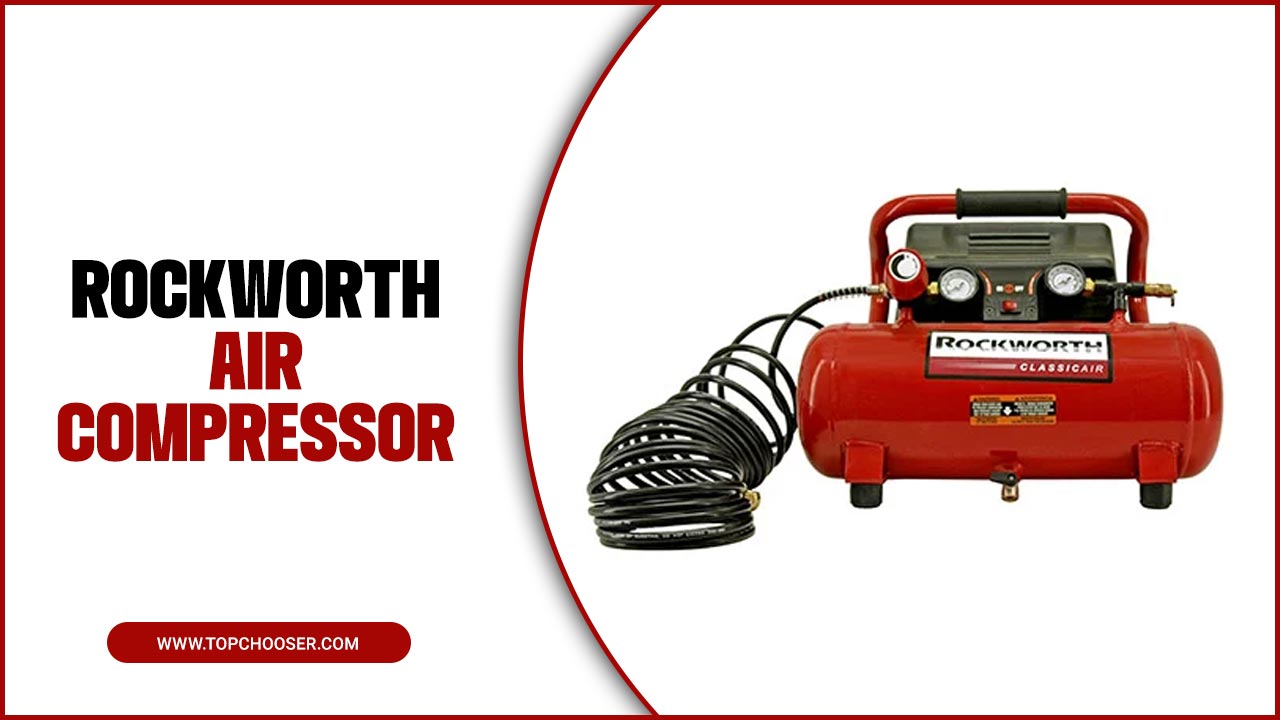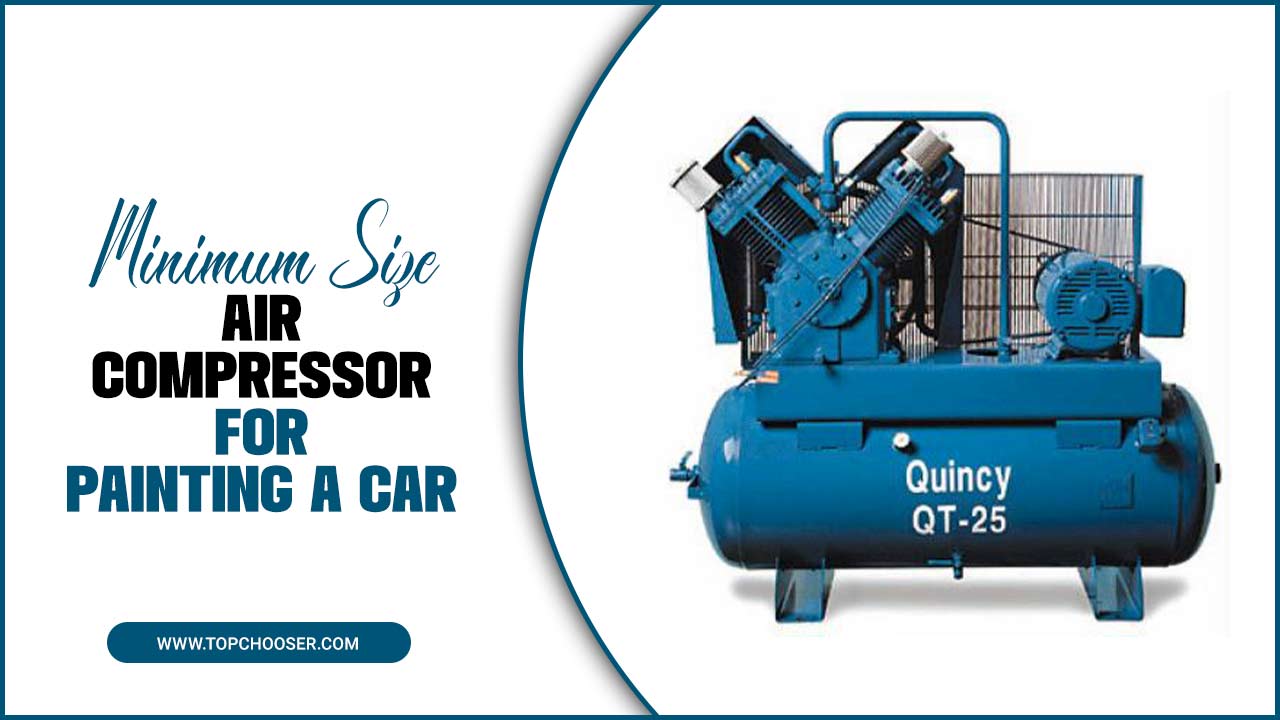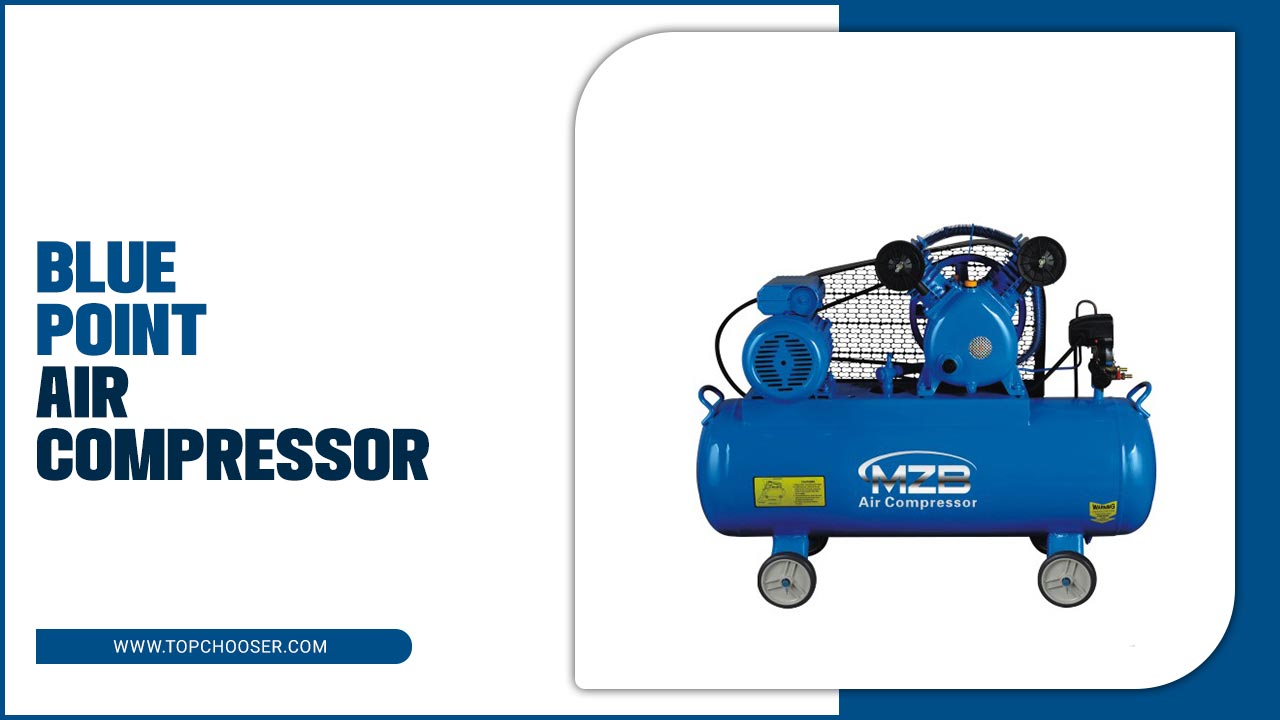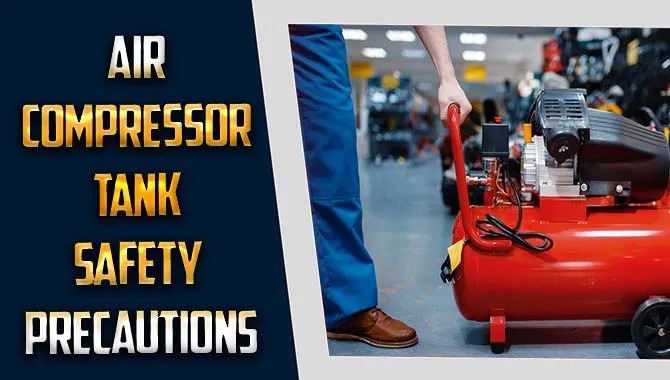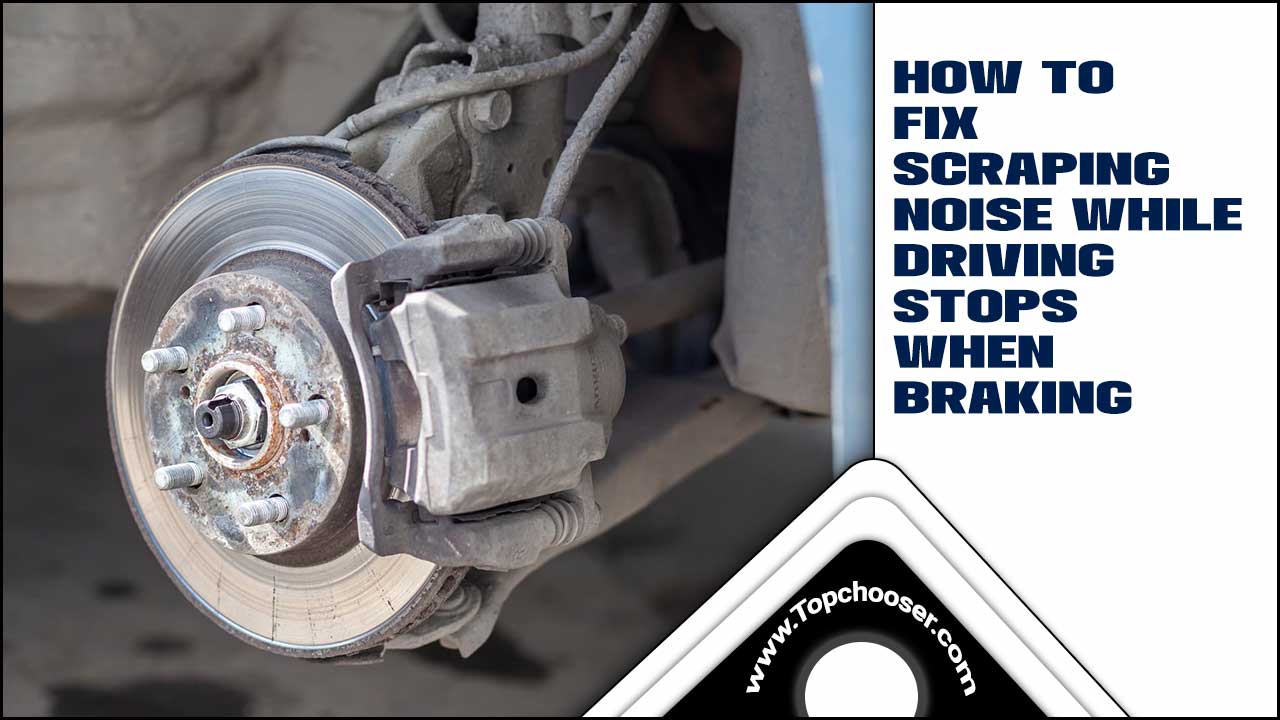Composting has numerous benefits for the environment and our daily lives. It reduces landfill waste, improves soil fertility, and can even save you money on fertilizer.
However, for many city-dwellers, the idea of composting may seem daunting. Limited space and resources can make the process seem impossible, but composting in urban environments is possible with just a few simple steps.
We will guide you through the step-by-step process of composting in urban environments. From selecting the right compost bin to choosing the best materials for your compost, we will cover all the essential aspects of urban composting. We will also discuss the benefits and challenges of composting in urban environments and how to overcome them.
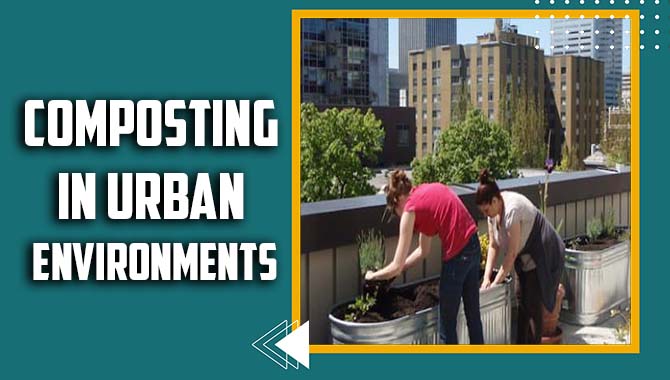
What Is Urban Composting?
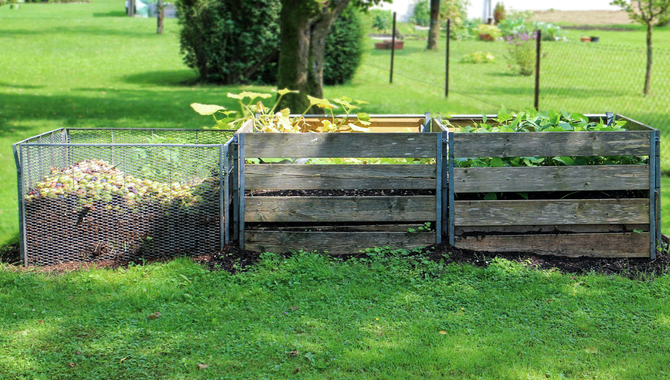
Urban composting converts organic waste, like food scraps and yard trimmings, into nutrient-rich compost in urban areas with limited space. It helps reduce landfill waste, promotes sustainable gardening, and creates a healthier urban environment.
Materials You Need
Green Materials (Nitrogen-Rich): Fruit and vegetable scraps Coffee grounds and filters Tea leaves and tea bags (remove staples and strings) Grass clippings (in limited quantities) Plant trimmings and pruning (smaller pieces)Fresh garden waste (weeds without seeds)
Brown Materials (Carbon-Rich): Dried leaves Shredded newspaper and cardboard (avoid glossy or coloured paper) Straw or hay Wood chips or sawdust (untreated wood) Dry grass clippings (in moderation) Shredded woody plant materials
Other Organic Materials: Eggshells (crushed) Nutshells (crushed) Fireplace ashes (in moderation and without chemicals) Non-greasy paper towels and napkins Hair and pet fur (in small amounts)
Composting In Urban Environments – Guideline
- Assess available space: Determine the space you have for composting, whether it’s a small balcony, rooftop, or indoor area.
- Choose a composting method: Select a composting method suitable for your space, such as vermicomposting (using worms), traditional composting, or composting in specialized urban bins.
- Collect compostable materials: Gather organic waste like fruit and vegetable scraps, coffee grounds, tea leaves, and yard trimmings. Avoid adding meat, dairy, or oily foods that can attract pests.
- Set up your composting system: If you have outdoor space, choose a compost bin or tumbler appropriate for urban environments. Use a dedicated worm bin or a compact composting system for indoor composting.
- Maintain the right balance: Achieve a proper carbon-to-nitrogen ratio by adding “green” materials (e.g., kitchen scraps) and “brown” materials (e.g., dried leaves, newspaper) in the right proportions. Aim for a mix of approximately 3 parts brown to 1 part green.
- Manage moisture levels: Keep the compost moist but not soggy. Add water if the pile becomes too dry or mix in dry materials if it gets too wet.
- Turn and aerate the compost: Regularly mix or turn the compost to introduce oxygen, which helps speed up decomposition and prevent odours.
- Monitor and troubleshoot: Check the compost regularly for issues like foul smells, excessive moisture, or pest infestations. Adjust the composting process as needed.
- Harvest and use compost: Once the organic materials have broken down into dark, crumbly compost, it’s ready to use in your garden or potted plants. Apply compost as a nutrient-rich soil amendment.
- Educate and involve the community: Spread awareness about the benefits of composting in urban areas and encourage others to participate. Consider organizing composting workshops or community initiatives.
How Do You Compost At Home?
1.Choose A Composting Method: There are several methods you can use, such as a compost bin, a compost tumbler, or a compost pile. Select the one that suits your space, time, and needs.
2.Select A Location: Find a suitable location for your composting setup. Ideally, it should be in a well-drained area that’s easily accessible.
3.Gather Compostable Materials: Compost is made from a combination of “browns” (carbon-rich materials) and “greens” (nitrogen-rich materials). Browns include dry leaves, twigs, straws, and shredded paper. Greens include fruit and vegetable scraps, coffee grounds, grass clippings, and fresh plant trimmings. Avoid adding meat, dairy, oily foods, or pet waste to your compost.
4.Start Your Compost Pile: Begin by layering your compost materials. Start with a layer of browns, followed by a layer of greens. Alternate between the two to create a good balance. If you have a compost bin or tumbler, follow the manufacturer’s instructions for layering.
5.Maintain The Compost: You must maintain the right conditions for successful composting. Ensure that your compost pile remains moist but not too wet or dry. You may need to water it occasionally, especially during dry periods. Turn or mix the pile regularly to aerate it and promote decomposition.
6.Manage The Composting Process: As the composting process progresses, the materials will break down and decompose. The process can take several months to a year, depending on various factors such as temperature and the compost pile size. Regularly monitor the moisture level, temperature, and odour of your compost. Adjust the carbon-to-nitrogen ratio if needed by adding more browns or greens.
7.Harvest The Compost: After sufficient time, your compost will be ready to use. It should have a dark, crumbly texture and an earthy smell. Sieve the compost to remove any large, undecomposed materials, and use it in your garden beds, pots or as a top dressing for your plants.
Benefits Of Composting In Urban Areas
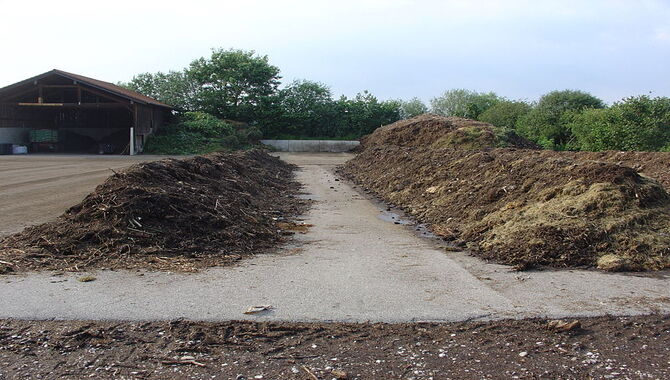
Waste reduction: Composting diverts organic waste from landfills, reducing the amount of waste that needs to be transported and buried. This helps extend the lifespan of landfills and reduces associated environmental issues.
Nutrient-rich soil: Compost produced from organic waste is a valuable source of plant nutrients. Urban composting enriches the soil, improving its fertility, structure, and water-holding capacity. This enhances urban gardens, parks, and green spaces, promoting healthier plant growth.
Carbon sequestration: Composting organic waste allows carbon to be stored in the soil instead of released into the atmosphere as greenhouse gases. This helps mitigate climate change by reducing carbon dioxide emissions and promoting carbon sequestration in urban areas.
Water conservation: Compost-amended soil retains moisture more effectively, reducing the need for excessive watering. This conserves water resources in urban areas and helps address water scarcity issues.
Reduced chemical fertilizer use: By providing natural nutrients, compost reduces the reliance on synthetic chemical fertilizers. This minimizes the potential negative impacts of chemical fertilizers on soil health, water quality, and ecosystem balance.
Community engagement: Urban composting can foster community involvement and education on sustainable waste management practices. It brings people together through shared composting initiatives, community gardens, and distribution programs, promoting environmental awareness and cooperation.
Closed-loop system: Composting completes the organic waste cycle by converting it into a valuable resource. Instead of discarding organic waste as trash, it is recycled and reused, closing the loop and promoting a more circular economy.
How To Reusing Food Waste For Urban Compost
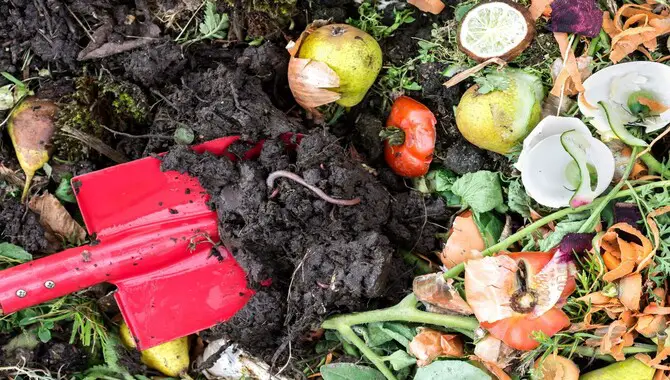
1.Select A Composting Method:
There are various composting methods suitable for urban environments, such as vermicomposting (using worms), bokashi composting (fermentation), or traditional composting (aerobic decomposition). Choose the method that best suits your space, resources, and preferences.
2.Choose A Composting Container: You will need a suitable container depending on the method you select. You can use a worm bin or a specialized vermicomposting system for vermicomposting. Bokashi composting requires an airtight container, such as a bucket with a tight-fitting lid. Traditional composting can be done in a compost bin or heap.
3.Collect Food Waste: Set up a separate container or bin in your kitchen to collect food scraps. Include fruit and vegetable peels, coffee grounds, tea bags, eggshells, and non-greasy food leftovers. Avoid adding dairy products, meat, fish, oily foods, or cooked food with oil or seasoning, as these may attract pests.
4.Prepare The Composting Material: Shred the food waste into smaller pieces to accelerate decomposition for vermicomposting. Layer the food waste with a specialized bokashi bran or compost accelerator for bokashi composting. Mix the food waste with dry carbon-rich materials like leaves, straw, or shredded paper for traditional composting to balance moisture and airflow.
5.Maintain The Composting System: Follow the specific requirements of your chosen composting method. Ensure proper moisture levels by regularly checking the moisture content and adding water if it becomes too dry. Turn or mix the compost regularly to aerate it and facilitate decomposition. In the case of vermicomposting, ensure a suitable environment for the worms, including maintaining appropriate bedding and moisture.
6.Troubleshoot Issues: If you encounter any issues, such as foul odours, excessive moisture, or pests, take corrective measures. Adjust the moisture content by adding dry materials, such as shredded paper or leaves. If there’s an odour, mix in more carbon-rich materials or adjust the composting system to improve airflow.
7.Harvest And Use The Compost: Depending on the composting method and conditions, the food waste will transform into nutrient-rich compost after several weeks or months. In the case of vermicomposting, you can separate the worms from the compost manually or by using a separation system. The finished compost will enrich your garden soil, houseplants, or community gardens.
Diy Compost Buckets
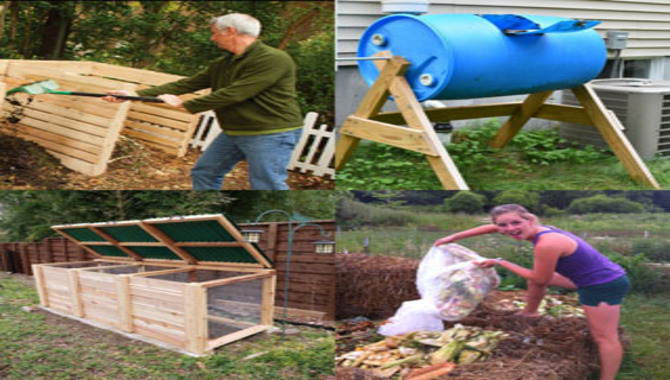
DIY compost buckets are homemade containers for composting food scraps in small spaces. They are typically made from a 5-gallon bucket with drilled drainage and ventilation holes. A mesh or hardware cloth is attached to the top for airflow, and optional filters can be added to reduce odours.
Food scraps are collected in the bucket, mixed with other compostable materials, and periodically turned for decomposition. The compost can then be transferred to a larger composting system. DIY compost buckets are a convenient and affordable way to compost in limited spaces.
Some Key Figures
Waste diversion: Composting can divert significant organic waste from landfills. In some urban areas, organic waste comprises up to 30-50% of the total waste stream. Composting this waste reduces landfill usage and associated environmental issues.
Reduction In Greenhouse Gas Emissions: When organic waste decomposes in landfills, it produces methane, a potent greenhouse gas. Significant methane emissions can be avoided by diverting organic waste to composting instead of landfills. Methane has a global warming potential over 25 times greater than carbon dioxide over a 100-year period.
Soil Enrichment: Compost created through urban composting initiatives can improve soil quality and fertility. For instance, it can increase organic matter content, water-holding capacity, and nutrient availability in urban gardens and green spaces.
Community Involvement: Urban composting often encourages community involvement and engagement. Community gardens and composting projects unite residents, promoting environmental awareness, education, and social cohesion.
Sustainable Urban Agriculture: Composting supports urban agriculture by providing nutrient-rich soil amendments. This enables the cultivation of fresh, locally-grown produce in urban areas, reducing the carbon footprint associated with long-distance food transportation.
Water Conservation: Compost-amended soil has better water retention properties, reducing the need for excessive irrigation. This conserves water resources in water-stressed urban areas and supports more sustainable water management practices.
The Circular Economy Benefits: Composting in urban environments promotes a circular economy by closing the loop on organic waste. Instead of being disposed of as waste, organic materials are recycled and returned to the soil, reducing the need for virgin resources and minimizing waste generation.
Conclusion
Composting in urban environments presents a sustainable solution for managing organic waste and promoting environmental stewardship. Urban areas can reduce landfill waste, lower greenhouse gas emissions, and enrich soil health by converting food scraps, yard trimmings, and other organic materials into nutrient-rich compost.
Composting also allows urban residents to actively participate in the circular economy, creating a closed-loop system where waste becomes a valuable resource. Composting in urban environments can contribute to a greener and more environmentally conscious future.
FAQs
[rank_math_rich_snippet id=”s-57a49b80-de79-4360-8da1-b222a88455e6″]

I am passionate about home engineering. I specialize in designing, installing, and maintaining heating, ventilation, and air conditioning systems. My goal is to help people stay comfortable in their homes all year long.


